

Articles
How To Store Fish Fillets
Modified: February 23, 2024
Learn the best methods and tips for storing fish fillets to maintain their freshness and flavor. Our articles provide expert advice and recommendations for proper fish fillet storage.
(Many of the links in this article redirect to a specific reviewed product. Your purchase of these products through affiliate links helps to generate commission for Storables.com, at no extra cost. Learn more)
Introduction
Storing fish fillets properly is essential to maintain their freshness and flavor. Whether you’ve caught the fish yourself or purchased it from a market, knowing how to store fish fillets can prevent them from spoiling and ensure they remain safe for consumption.
Proper storage methods can vary depending on whether you plan to keep the fillets in the refrigerator for a short period or freeze them for extended storage. In this article, we will explore the best practices for storing fish fillets to help you preserve their quality and taste.
When it comes to choosing the right storage method, several factors need to be considered. These include the type of fish, the expected duration of storage, and the available resources.
Next, we will discuss how to prepare fish fillets before storing them to maximize their shelf life. Properly cleaning and packaging the fillets can significantly impact their quality and prevent bacterial growth.
Once the fillets are ready for storage, you have two primary options: the refrigerator or the freezer. Both have their advantages and limitations, so understanding the nuances of each method is crucial for maintaining the freshness and taste of your fish fillets.
Proper packaging techniques are essential for preventing freezer burn, which can negatively affect the texture and flavor of fish fillets. We will delve into the various packaging materials and methods that provide the best protection against freezer burn during long-term storage.
Thawing fish fillets correctly is equally important to ensure safe consumption. We will cover the recommended thawing methods to preserve the texture and taste of the fillets while minimizing the risk of bacterial growth.
Lastly, we will discuss safe handling and consumption guidelines for stored fish fillets. Understanding how long you can safely keep the fillets in different storage conditions and how to identify signs of spoilage will help you make informed decisions about their consumption.
By following the guidelines and best practices outlined in this article, you can store fish fillets effectively and enjoy their freshness and flavor even after they have been stored for an extended period.
Key Takeaways:
- Properly preparing and storing fish fillets is essential for maintaining their freshness and flavor. Consider factors like fish type, storage duration, and available resources to choose the right storage method.
- Follow safe handling and consumption guidelines to enjoy fish fillets without worry. Inspect for freshness, practice good hygiene, cook thoroughly, and be aware of allergens to ensure a delightful seafood experience.
Read more: How To Store Fresh Fish Fillets
Choosing the Right Storage Method
Choosing the right storage method for fish fillets is crucial to maintain their quality and ensure their safety for consumption. The appropriate method will depend on factors such as the type of fish, the expected duration of storage, and the available resources.
If you plan to consume the fish fillets within a few days, storing them in the refrigerator is the preferred method. This allows you to maintain their freshness without the need for long-term freezing.
However, if you want to store the fillets for an extended period, freezing them is the best option. Freezing halts bacterial growth, preserving the fish’s texture and flavor for an extended time. It’s essential to note that the quality of the fillets may deteriorate over time in the freezer, so it’s best to consume them within a few months for the best taste.
When choosing between the refrigerator and the freezer, consider your immediate consumption plans. If you anticipate using the fillets within a couple of days, refrigeration is the convenient choice. On the other hand, if you’re uncertain about the timeframe for their use, freezing provides the versatility of keeping the fish fillets for an indefinite period.
Additionally, consider the type of fish you’re working with. Some fish varieties are more perishable than others. Fatty fish, such as salmon or mackerel, tend to spoil faster than leaner fish types. If you have perishable fish fillets, freezing them as soon as possible is the best option to preserve their quality.
The available resources can also influence your storage method choice. If you have limited freezer space, opting for refrigeration may be more practical. Conversely, if you have ample freezer space and prefer to stock up on fish fillets, freezing them allows for long-term storage without taking up valuable refrigerator space.
Considering these factors will help you determine the most suitable storage method for your fish fillets. Next, let’s explore how to prepare the fillets before storing them to maximize their shelf life.
Preparing Fish Fillets for Storage
Properly preparing fish fillets before storage is crucial to maintain their quality and prevent spoilage. By following these steps, you can maximize the shelf life of your fillets and ensure they remain safe for consumption:
- Clean the fillets: Start by rinsing the fillets under cold water to remove any dirt, scales, or residual blood. Use a gentle brush or your fingers to remove any remaining impurities. Pat the fillets dry with a paper towel to remove excess moisture.
- Remove bones and skin (optional): Depending on your preferences, you may choose to remove the bones and skin from the fillets. Use a sharp knife to carefully remove the bones by making a small incision and pulling them out with tweezers or fish bone pliers. To remove the skin, slide the knife between the flesh and skin, then hold the skin firmly and gently pull it away from the fillet.
- Season the fillets (optional): If desired, season the fillets with salt, pepper, herbs, or spices based on your personal taste preferences. This step can add extra flavor to the fish when it is eventually cooked or consumed.
- Wrap the fillets tightly: Place each fillet on a piece of plastic wrap or aluminum foil. Fold the wrap or foil over the fillet, ensuring it is fully covered and there are no exposed areas. Repeat this step for each fillet.
- Label and date the packaging: To keep track of the freshness and storage duration, use a marker to label each package with the type of fish and the date it was prepared.
By properly cleaning and packaging fish fillets, you minimize the risk of bacterial growth and help maintain their texture and flavor during storage. The next sections will explore the specific storage methods for both the refrigerator and the freezer.
Storing Fish Fillets in the Refrigerator
Storing fish fillets in the refrigerator is ideal if you plan to consume them within a few days. Follow these steps to ensure the fillets stay fresh and maintain their quality:
- Select a shallow, airtight container: Choose a container that is large enough to hold the fillets without overcrowding them. Use a container with a lid or cover that fits tightly to prevent air from entering.
- Line the container with paper towels: Placing a layer of paper towels at the bottom of the container helps absorb excess moisture and prevents the fillets from sitting in pooling liquid.
- Arrange the fillets in the container: Place the fillets in a single layer in the container, ensuring they are not touching one another. If you have multiple layers, separate them with additional paper towels to prevent sticking.
- Seal the container: Close the lid or cover tightly to create an airtight seal. This helps maintain the freshness of the fillets and prevents odors from other foods in the refrigerator from affecting them.
- Store in the coldest part of the refrigerator: Place the container with the fish fillets in the coldest part of your refrigerator, usually the back or bottom shelf. This helps keep the temperature consistent and minimizes the chances of temperature fluctuations.
It’s important to note that fish fillets stored in the refrigerator have a limited shelf life. It is best to consume them within two to three days to ensure optimal freshness and taste. If you’re unable to consume them within this timeframe, it is recommended to freeze the fillets for longer storage.
Keeping fish fillets properly stored in the refrigerator helps maintain their quality and freshness, making them ready for delicious meals within a short period. In the next section, we will explore the process of storing fish fillets in the freezer for extended storage.
After purchasing fish fillets, pat them dry with paper towels, then store them in an airtight container or resealable plastic bag in the coldest part of the refrigerator for up to two days.
Storing Fish Fillets in the Freezer
Freezing fish fillets is an excellent method for long-term storage, allowing you to preserve their freshness and flavor for an extended period. To store fish fillets in the freezer effectively, follow these steps:
- Wrap each fillet individually: Wrap each fish fillet tightly in plastic wrap or aluminum foil. This prevents freezer burn and protects the fillets from exposure to air and moisture.
- Double-wrap for added protection: To provide an extra layer of protection, wrap the individually wrapped fillets with another layer of plastic wrap or aluminum foil. This helps prevent any air or moisture from seeping into the package.
- Place fillets in a freezer bag: Once the fillets are tightly wrapped, place them in a freezer-safe resealable bag. Squeeze out any excess air before sealing the bag to minimize the risk of freezer burn.
- Label and date the package: Use a marker to label the bag with the type of fish and the date it was packaged. This ensures you can keep track of the storage duration and freshness.
- Find a suitable spot in the freezer: Lay the packaged fish fillets flat in the freezer to allow for even and efficient freezing. Find a spot with a consistent temperature, such as the back or bottom shelf of the freezer.
By following these steps, you can ensure that the fish fillets are properly protected and maintain their quality during freezer storage. It’s important to note that freezing can affect the texture of the fillets, so they are best consumed within three to six months for optimal taste.
When you’re ready to use the frozen fish fillets, follow the proper thawing methods to preserve their texture and flavor, which we will cover in the next section. Proper packaging and storage techniques for freezing fish fillets contribute to their longevity and maintain their quality for delicious meals at a later date.
Read more: How To Steam Fish Fillets Without A Steamer
Proper Packaging Techniques
Proper packaging techniques are vital when it comes to storing fish fillets in the freezer. By using the right materials and methods, you can protect the fillets from freezer burn and maintain their quality during long-term storage. Here are some guidelines to follow when packaging fish fillets:
- Choose freezer-safe materials: Use materials that are specifically designed for freezer storage, such as heavy-duty freezer bags, freezer paper, or vacuum-sealed bags. These materials provide a barrier against air and moisture, which helps prevent freezer burn.
- Wrap each fillet individually: Wrap each fish fillet individually to prevent them from sticking together. This also allows you to thaw only the amount you need, reducing waste. Double-wrap the fillets for added protection.
- Remove excess air: If using freezer bags, squeeze out as much air as possible before sealing. Air can lead to freezer burn and affect the quality of the fillets. If using vacuum-sealed bags, follow the manufacturer’s instructions for proper sealing.
- Label and date the packaging: It is essential to label each package with the type of fish and the date it was packaged. This ensures you can keep track of the storage duration and easily identify the contents of each package.
- Organize and stack packages: Once the fish fillets are properly wrapped and labeled, arrange them in an organized manner in the freezer. Stack the packages flat to save space and make it easier to find specific fillets when needed.
By following these packaging techniques, you can protect the frozen fish fillets from air and moisture, minimizing the risk of freezer burn. Additionally, properly labeled packages make it easier to keep track of storage duration and ensure you use the oldest fillets first.
When it comes time to thaw the frozen fish fillets, it’s essential to do so properly to preserve their texture and taste. Let’s explore the recommended thawing methods in the next section.
Thawing Fish Fillets
Thawing fish fillets properly is crucial to ensure they maintain their texture and flavor. Improper thawing can result in loss of moisture and compromise the overall quality of the fillets. Here are the recommended methods for thawing fish fillets:
- Refrigerator thawing: The best and safest method for thawing fish fillets is to place them in the refrigerator. This slow, gradual thawing method allows the fillets to thaw evenly without the risk of bacterial growth. Simply place the packaged fillets on a plate or tray in the refrigerator and let them thaw overnight or for about 24 hours.
- Cold water thawing: If you need to thaw the fish fillets quickly, you can use the cold water method. Ensure the fillets are tightly sealed in a leak-proof plastic bag. Submerge the bag in a bowl or basin of cold water, making sure to change the water every 30 minutes to maintain a consistently cold temperature. Thawing time will vary depending on the size and thickness of the fillets, but it usually takes around 1-2 hours.
- Microwave thawing (with caution): Thawing fish fillets in the microwave is a quicker option, but it must be done with caution to avoid partially cooking the fish. Use the defrost setting or set the microwave to a low power level. Thaw in short intervals, checking and rotating the fillets frequently to ensure even thawing. Be careful not to overcook the outer edges.
Regardless of the thawing method you choose, avoid using hot water or leaving the fillets at room temperature for an extended time, as these methods can promote bacterial growth and compromise the quality and safety of the fillets.
Once the fish fillets are thawed, it’s important to use them promptly. Avoid refreezing previously thawed fish fillets, as it can lead to a loss of quality and texture. Plan your meals accordingly to make the most of the thawed fillets.
Now that you know how to properly thaw fish fillets, let’s dive into the safe handling and consumption guidelines in the next section.
Safe Handling and Consumption Guidelines
Proper handling and consumption of fish fillets are essential to ensure their safety and maintain their quality. By following these guidelines, you can enjoy your fish fillets without any worry:
- Inspect for freshness: Before storing or preparing fish fillets, inspect them for signs of freshness. The flesh should be firm, with a shiny and moist appearance. Avoid fillets that have an unpleasant odor, discolored patches, or slimy texture.
- Practice good hygiene: Wash your hands thoroughly with soap and water before and after handling fish fillets. This helps prevent the spread of bacteria and maintains food safety.
- Check for spoilage: When you remove fish fillets from storage, check for any signs of spoilage. This includes a strong, off-putting odor, significant discoloration, or sliminess. If you notice any of these signs, discard the fillets immediately.
- Cook fish fillets thoroughly: It’s essential to cook fish fillets thoroughly to kill any potential bacteria or parasites. Ensure that the internal temperature reaches 145°F (63°C) when measured with a food thermometer. The flesh should be opaque and easily flake with a fork.
- Store leftovers properly: If you have leftover cooked fish fillets, store them in the refrigerator within two hours of cooking. Place them in an airtight container or wrap them tightly in foil or plastic wrap. Consume the leftovers within two to three days.
- Be aware of allergens: Keep in mind that fish is a common allergen. If you or someone you’re serving has a fish allergy, take precautions to avoid cross-contamination and inform them of any dishes that may contain fish or fish-based ingredients.
Following these safe handling and consumption guidelines ensures that you enjoy your fish fillets while minimizing the risk of foodborne illness or spoilage. By practicing good hygiene, properly cooking the fillets, and being vigilant for signs of spoilage, you can confidently enjoy the delicious taste of fish in a safe and enjoyable manner.
Implementing these guidelines and incorporating proper storage, thawing, and handling techniques will help you make the most of your fish fillets, ensuring their freshness and flavorful experience. Whether you store them in the refrigerator for short-term use or freeze them for extended storage, taking the necessary precautions guarantees a delightful seafood experience.
Frequently Asked Questions about How To Store Fish Fillets
Was this page helpful?
At Storables.com, we guarantee accurate and reliable information. Our content, validated by Expert Board Contributors, is crafted following stringent Editorial Policies. We're committed to providing you with well-researched, expert-backed insights for all your informational needs.

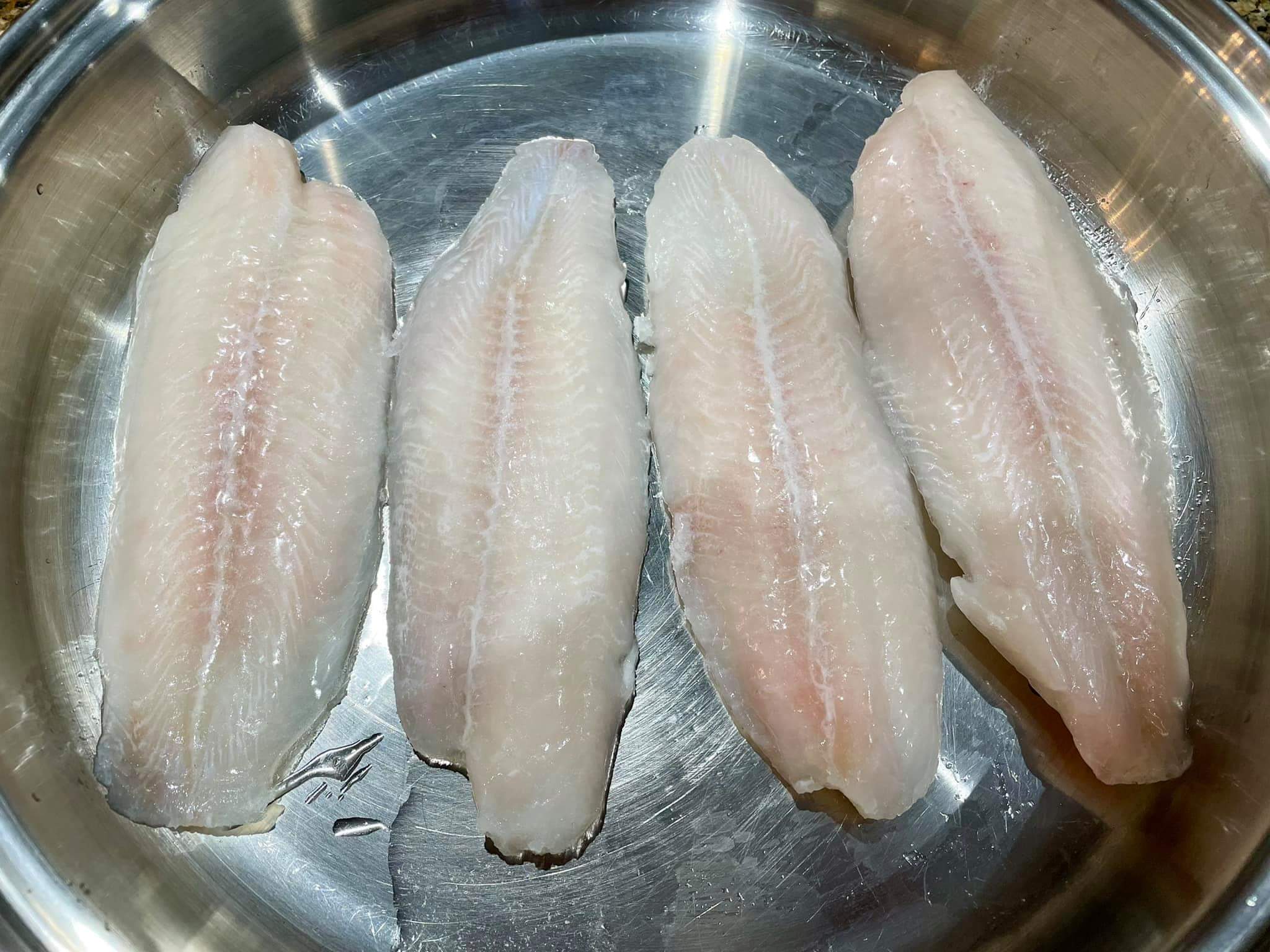
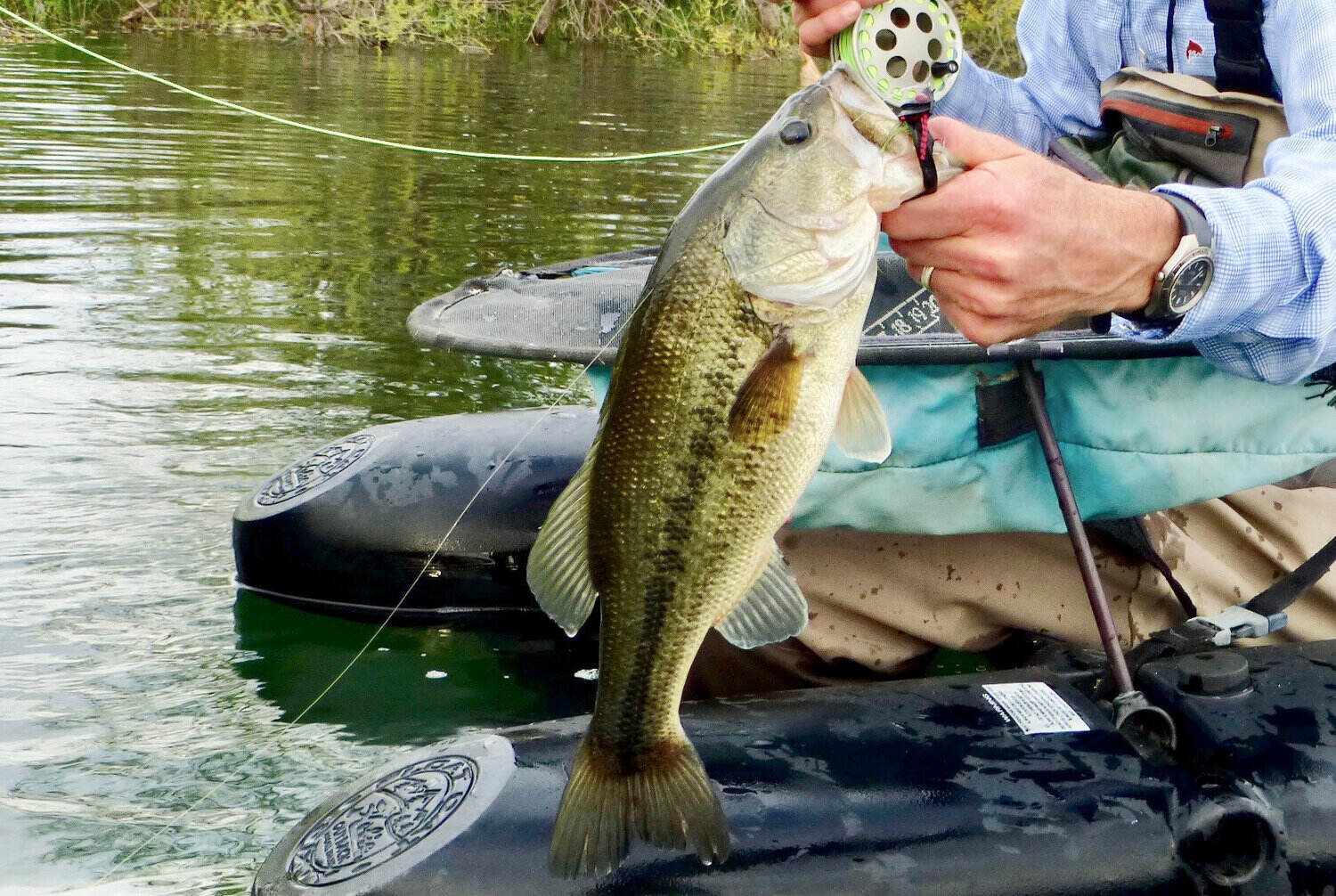


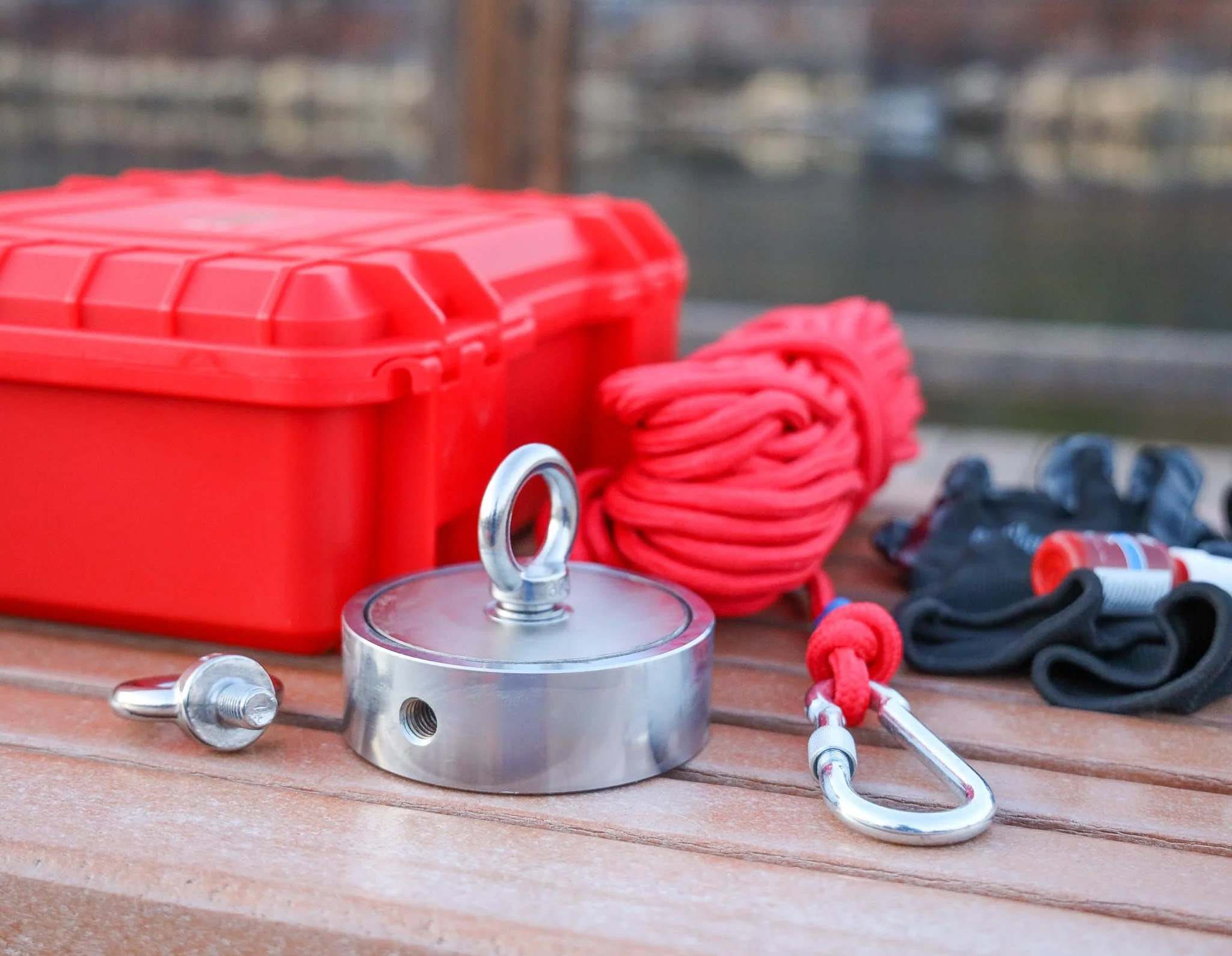



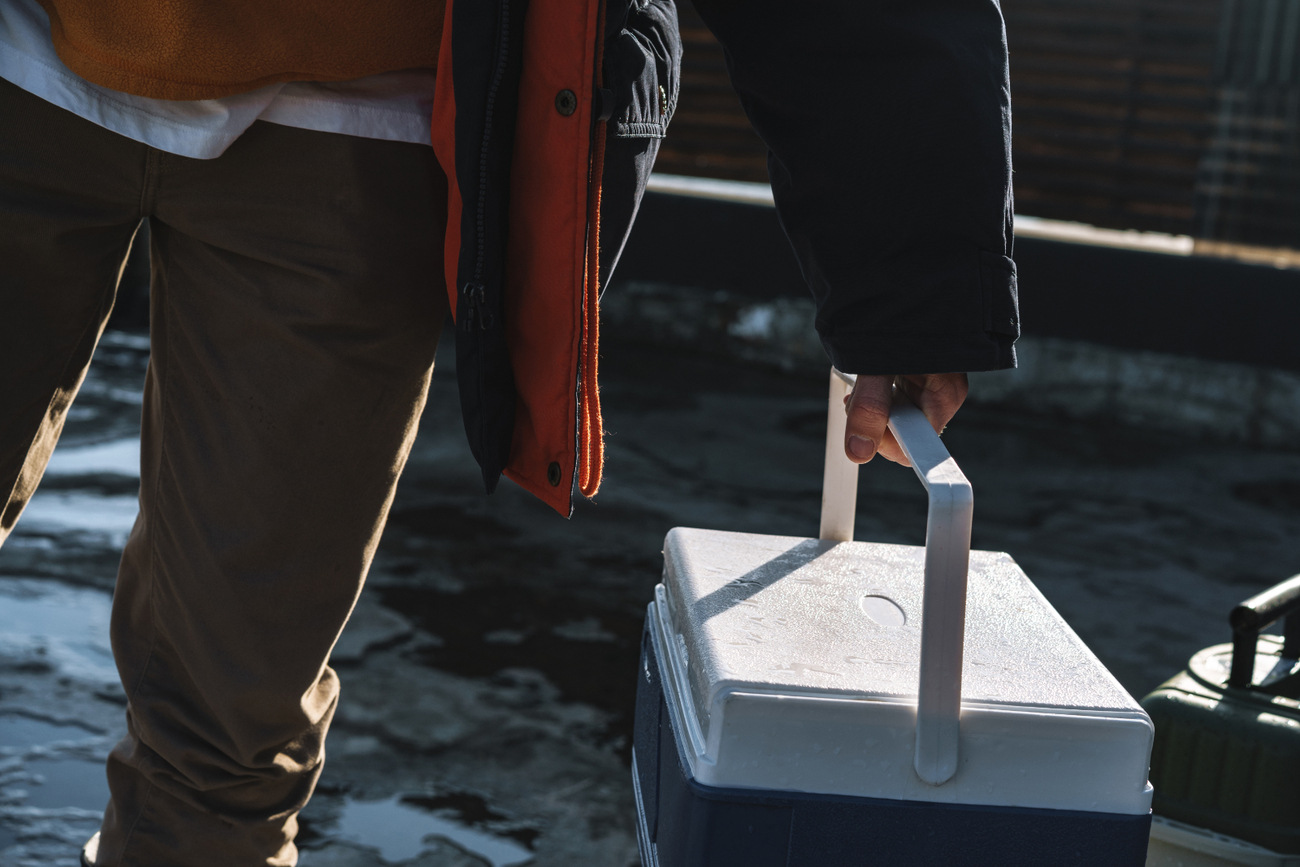

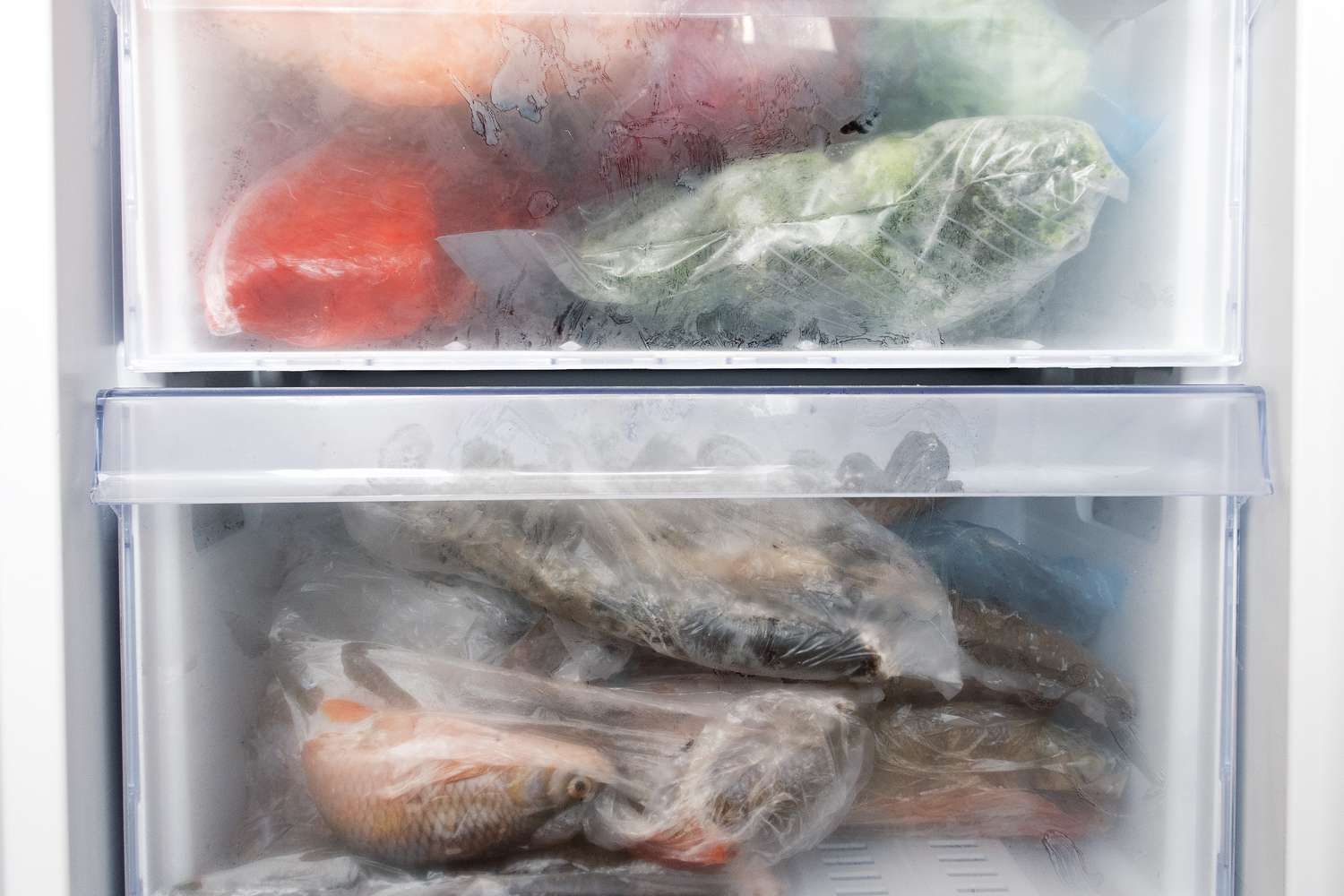
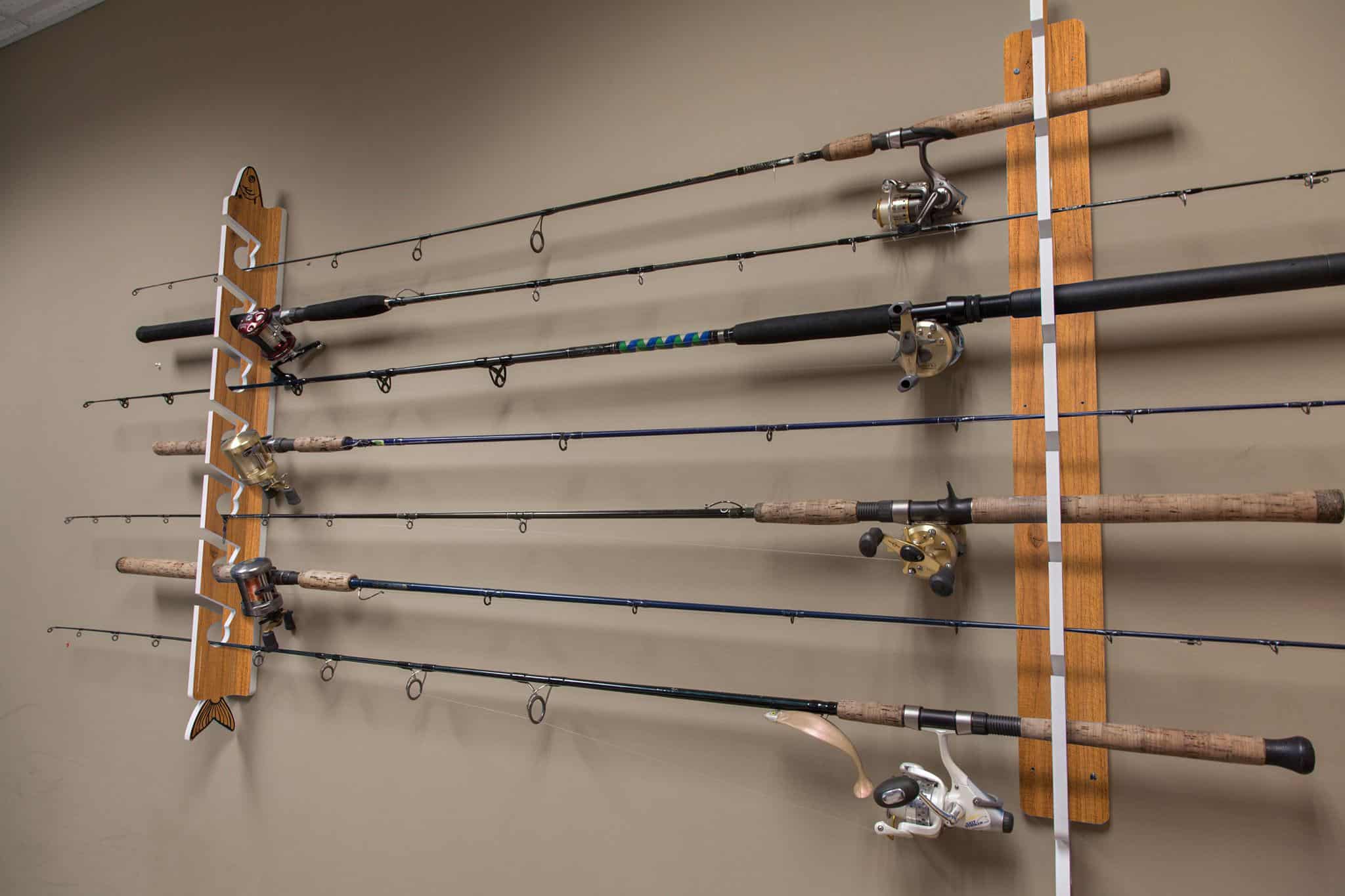


0 thoughts on “How To Store Fish Fillets”